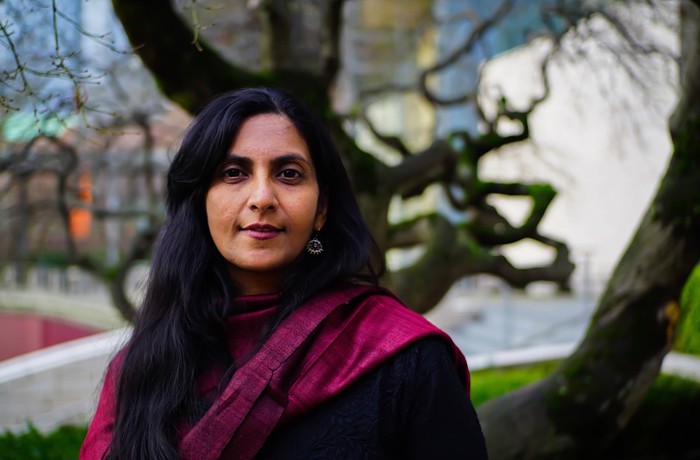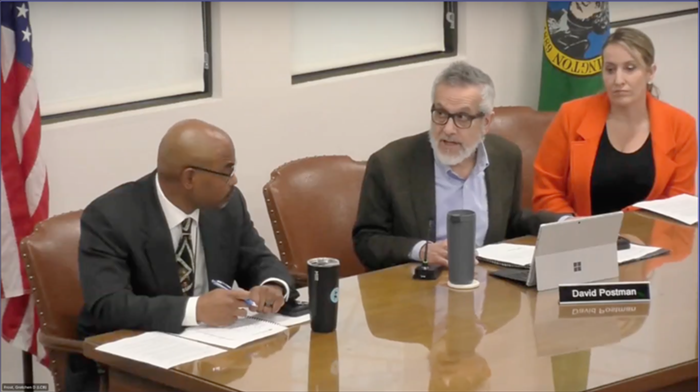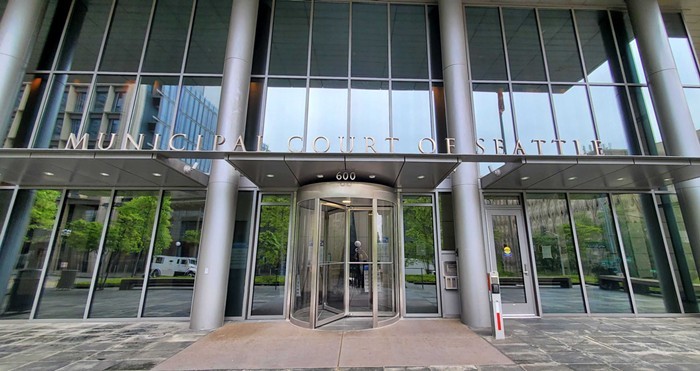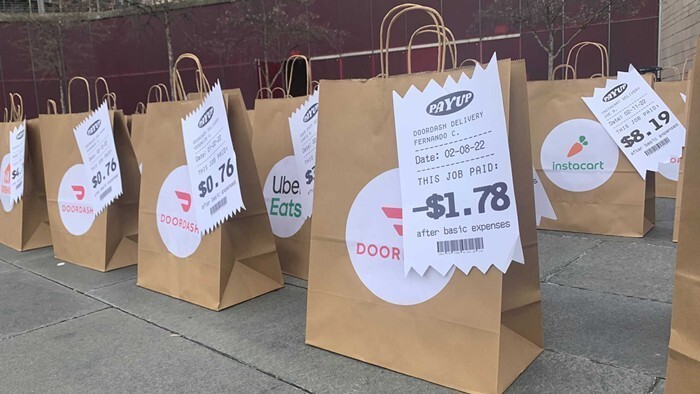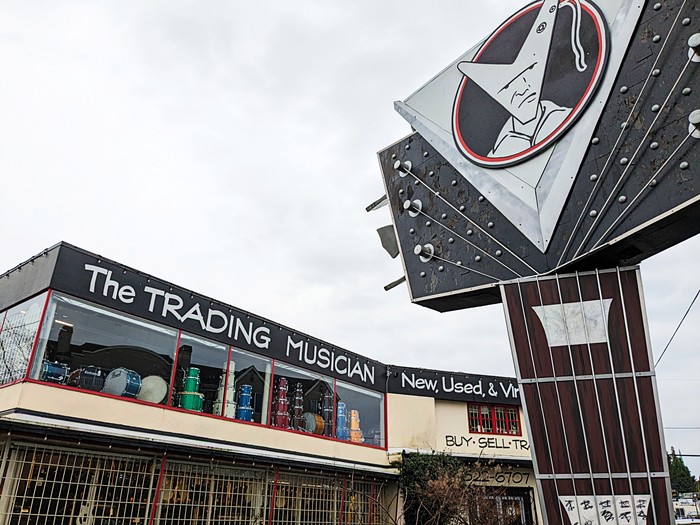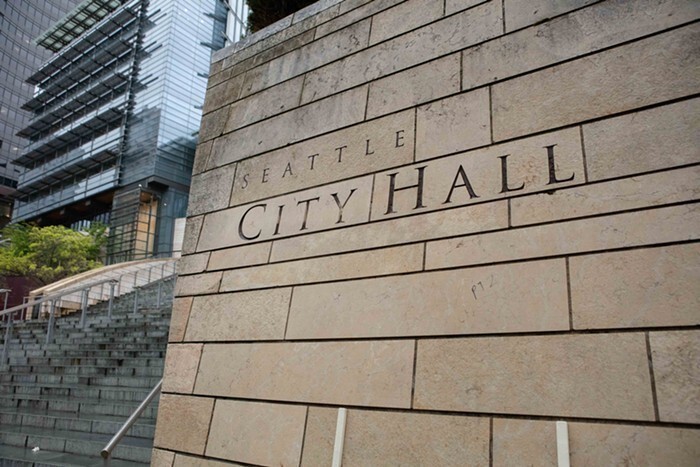In a meeting room in the High Point Community Center—the highest point in Seattle, and arguably the hardest to reach by bike—a crowd of angry West Seattle drivers faced off against implacable city traffic engineers and a few spandex- and fluorescent-jacket-clad cyclists on Monday, December 1.
The topic: A proposal to reduce Fauntleroy Way Southwest—a major arterial that cuts across West Seattle—from four lanes to three to accommodate bike lanes. City engineers say they're moving forward with the proposal no matter what a few angry residents say; however, similar protests have derailed another so-called "road diet" on Rainier Avenue South, which the city had planned to shrink from four lanes to three. It isn't over, in other words, until the paint is dry.
According to the Seattle Department of Transportation, which hosted Monday's contentious open house, traffic on Fauntleroy has actually gone down slightly since 2004. But you wouldn't know that to listen to the West Seattle drivers who showed up Monday, most of whom swore up and down that any reduction in traffic lanes—even one that added a turning lane, eliminating bottlenecks produced by traffic turning left off Fauntleroy—would result in chaos.
"When I try to get on the West Seattle Freeway [sic], if I don't get out in front of ferry traffic, it can add another seven minutes to my commute!"
"I drive every day, and I don't think I've seen a dozen bikes on Fauntleroy. Why the hell are we spending all this money for them?"
"They should ban bikes on Fauntleroy until bikers get licenses just like drivers."
"Do you really think you can still go through with this now that the people have spoken?"
Representatives from the Seattle Department of Transportation took the (mostly hostile) questions and comments in stride. Traffic operations manager Eric Widstrand, a buttoned-up bureaucrat in a blue pin-striped shirt, didn't stop smiling even as he told one particularly persistent bike-lane opponent, "We're not taking a vote here."
Thank god. You know you're in a hostile crowd when people respond to the argument that slower traffic makes streets safer for children by barking, "Drivers have already given up enough!"
Between 2005 and 2007, 23 pedestrians were killed by drivers in Seattle. Slowing Fauntleroy down a little—right now, the speed limit is 35 miles an hour, and traffic often moves much faster—is a damn good idea. Unless, that is, you're hell-bent on getting around as fast as humanly possible—and don't care what cyclist or kid or pedestrian gets in your way. ![]()
